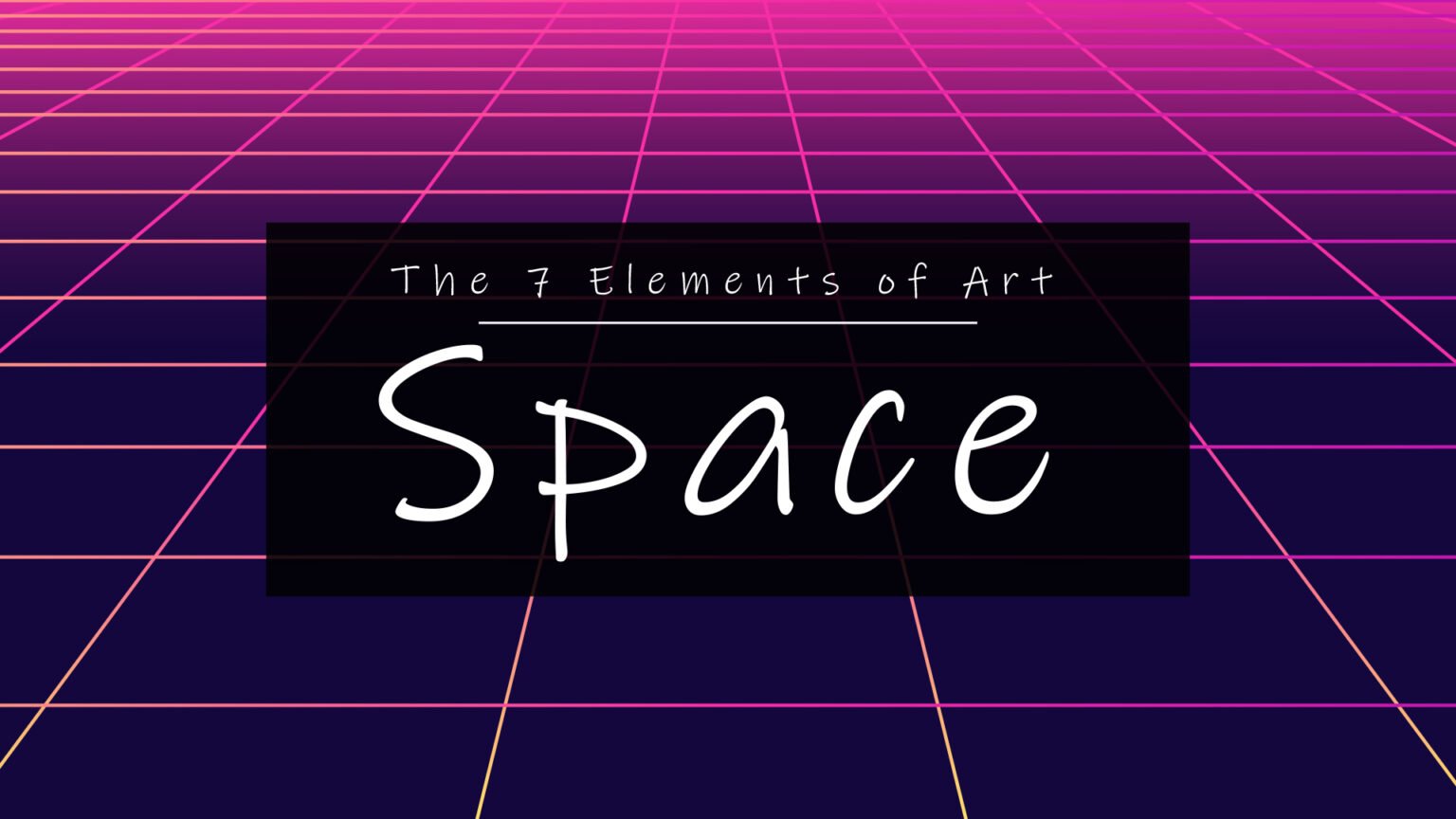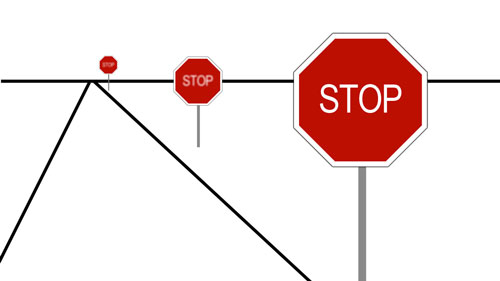Space Elements Of Art - Space, in the art world, refers to the area between objects or around them, including the background, foreground, and the three-dimensional space. The use of space in artworks has been an integral part of art history, and it plays a vital role in the overall meaning, balance, and visual appeal of the artwork. In this post, we'll explore different space elements of art, their significance, and how artists use them to create visually stunning artworks.
Elements of Art - Space
Tips:
The space in artworks is not just a void but an active component that artists consciously use to help enhance their message. Here are some quick tips for using space in your next artwork.
- Use perspective to create the illusion of depth.
- Play with positive and negative space to create contrast.
- Consider symmetrical or asymmetrical balance to create visual harmony.
Ideas:
There are many ways to use space in your artworks. Here are some ideas to get you started:
- Create a sense of vastness by adding a lot of empty space around a small object.
- Compress space to create a sense of crowdedness or claustrophobia.
- Experiment by using different colors, shapes or textures in the negative space.
How to:
Creating depth with perspective
Perspective refers to the use of a set of techniques that create the illusion of 3-dimensional space on a 2D surface. There are two types of perspective: linear and atmospheric. Linear perspective uses lines and vanishing points to guide the viewer's eye to the main focal point. Atmospheric perspective mimics the way that objects in the distance appear to fade in color, detail, and value.
To create depth using linear perspective, begin by drawing a horizontal line across your picture plane called the horizon line. Next, draw two or three vertical lines on this line called vanishing points. Draw lines from the edges of the object(s) to the vanishing point(s) to create an illusion of depth.

7 Elements of Art: Space
Tips:
When creating your artworks, here are some additional tips to keep in mind about space:
- Consider how the space in the artwork relates to the space where the artwork will be displayed.
- Artists often use negative space to create a sense of symmetry or balance in their works.
- Think about the scale of your artwork when deciding how to use space.
Ideas:
Here are some additional ideas for using space in your artworks:
- Use negative space to create minimalist artworks that are both powerful and contemplative.
- Create a sense of movement and dynamism by using overlapping shapes and colors to create visual tension in the artwork.
- Consider using different types of lines, curves, or patterns to create a sense of texture in the negative space of your artwork.
How to:
Using negative space to create symmetry
To create symmetry in your artwork using negative space, begin by choosing your primary image or subject for the artwork. Next, consider the background space around it. Create a symmetrical balance by using negative space on either side of the primary image or subject. The result should look like a mirror image, with each half of the artwork balancing the other.

Set of space element
Tips:
Here are some tips for using space in your artworks that you can learn from this image:
- Experiment with combining different elements of space, such as flat and textured areas, to create more complex visual effects.
- Use positive and negative space to create contrast and highlight different areas of your artwork.
- Keep the scale and proportions of your artwork in mind when deciding how to use space.
Ideas:
Here are some ideas for using space in your artworks based on this image:
- Use texture and shape to create a sense of movement and flow in your artwork.
- Play with different colors and values to create contrast and highlight different areas of your artwork.
- Consider the context and meaning of the artwork when deciding how to use space.
How to:
Creating contrast with positive and negative space
To create contrast using positive and negative space, begin by choosing your primary image or subject. Next, consider adding a background or surrounding space that is significantly different in color, shape, or texture. This contrast will help highlight the primary image or subject and create visual interest.

The Elements of Art - Space
Tips:
Here are some tips for using space in your artworks that you can learn from this image:
- Consider how the colors you use in your artwork affect the sense of space.
- Use space to create depth and perspective in your artworks.
- Consider the scale and proportions of your artwork when deciding how much negative space to use.
Ideas:
Here are some ideas for using space in your artworks based on this image:
- Use color to create a sense of mood or atmosphere in your artworks.
- Experiment with using different types of lines or patterns in the negative space to create texture or movement.
- Consider using space to create a sense of balance or symmetry in your artworks.
How to:
Creating a sense of mood using color
To create a sense of mood in your artwork using color, consider using colors that evoke different emotions. For example, blue and green often create a sense of calm and serenity, while red and orange can create a sense of energy and excitement.

Elements Of Art Space Artwork
Tips:
Here are some tips for using space in your artworks that you can learn from this image:
- Consider how space is used to create movement and direction in the artwork.
- Use space to create a sense of depth and perspective in your artworks.
- Consider the scale of your artwork and how it affects the use of space.
Ideas:
Here are some ideas for using space in your artworks based on this image:
- Use color to create contrast and highlight different areas of your artwork.
- Experiment with using different types of lines or patterns to create texture and movement in the negative space.
- Consider using space to create a sense of balance or symmetry in your artworks.
How to:
Using space to create movement and direction
To create movement and direction in your artwork using space, begin by choosing a path or direction for the viewer's eye to follow. Use lines or shapes to create a flow that guides the eye along this path. You can also use space to create areas of contrast or focus that highlight specific areas of the artwork.

There are many ways to use space in artworks to create visually stunning and compelling pieces of art. Using the tips and ideas provided above, you can experiment with different techniques to see what works best for your artistic vision. Remember that space is not just a void but an active component that can help enhance your message, add balance and harmony, and improve the overall impact and meaning of your artwork.
Read more articles about Space Elements Of Art
